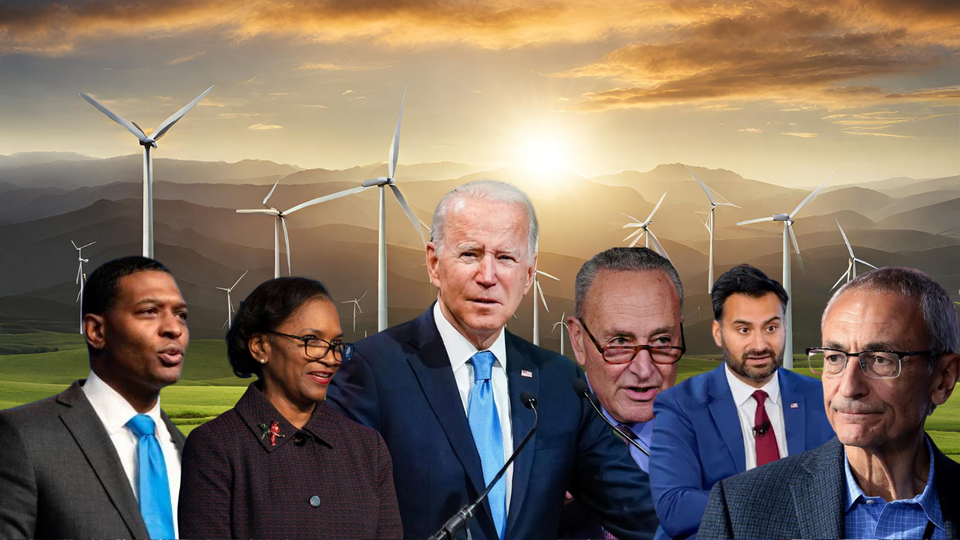Deep Dive: The State of National U.S. Climate Policy in Early 2024

In This Absolute Must Read Edition
- A Color Coded Snapshot of Where National Policy Stands Now
- Recapping The Good, So-So, and Bad Regarding Recent Actions
- America’s Current Climate Rating Out of 5 Stars
- My Best Policy Proposals to Fix 3 Overlooked Code Red Climate Issues
With last November’s release of the eye opening report State of Climate Action 2023 that covers how the world is collectively doing on climate, I thought I’d do an in-depth breakdown of where the United States specifically stands, plus recommend some policy solutions myself for the top challenges going forward. After all, what’s agreed to globally at annual negotiation forums like COP28 always still needs to be implemented at the national level.
Thus, in order to properly assess where the U.S. is at rather than just rely on what I’ve personally heard about, I put together 42 policy indicators spanning each major sector and then some; the exact same number used in the report. I borrowed then adjusted most from the book Speed and Scale’s similar OKR tracker, but did add some of my own to account for country specific areas of need like permitting reform and critical minerals production. I also opted to use the same five status levels from said tracker, ranging from achieved at best, limited progress in the middle, to code red at worst.
After combing through numerous data sources, designing a color coded graphic, creating a second interactive webpage on the Climate Ingenuity platform to showcase my findings, and developing creative policy solutions for the top 3 most dire domestic issues, here’s what you need to know about where the world’s largest historical emitter currently stands in the fight against climate change:
